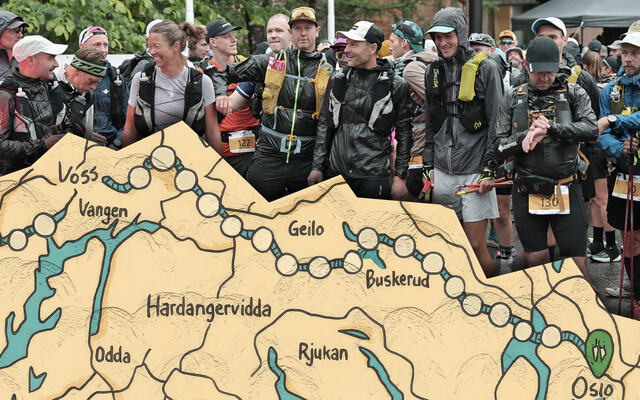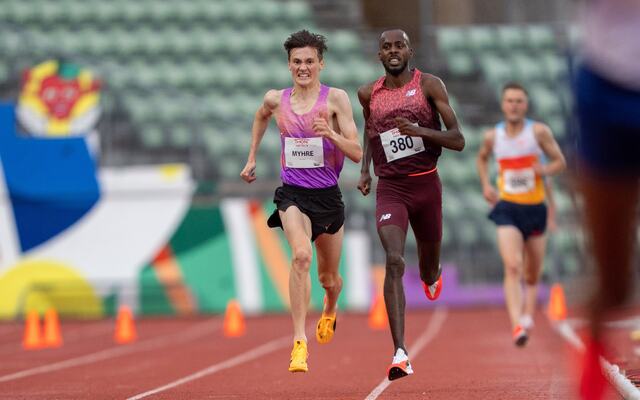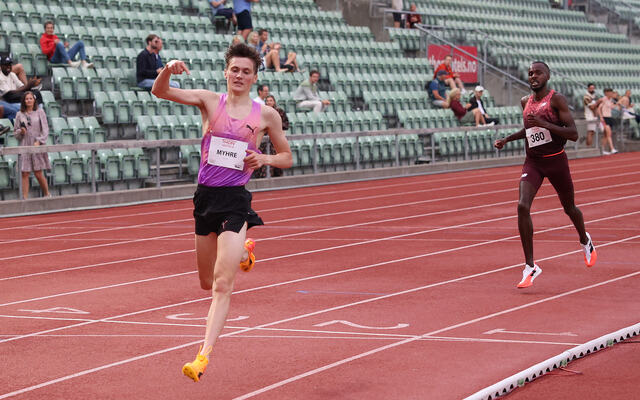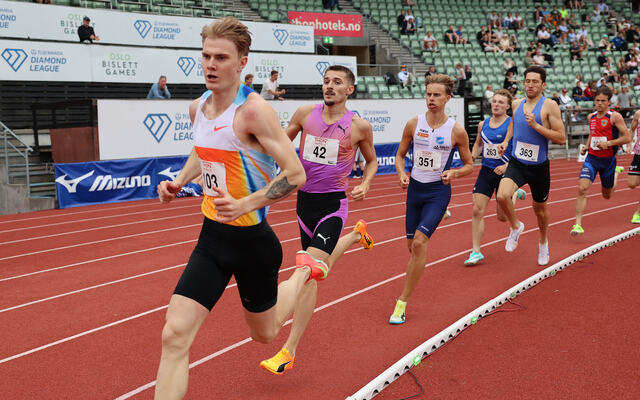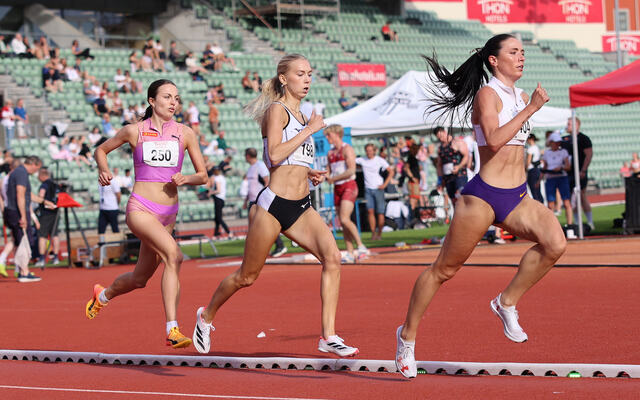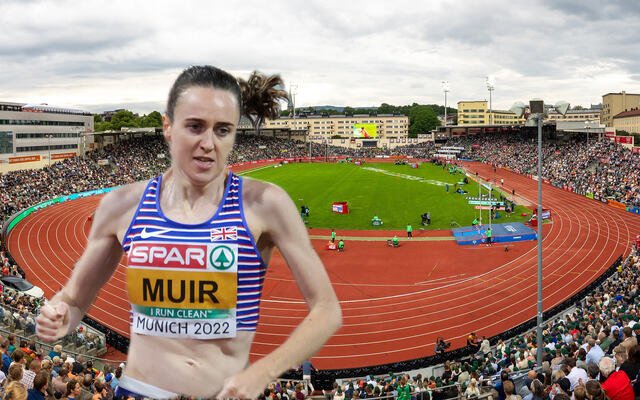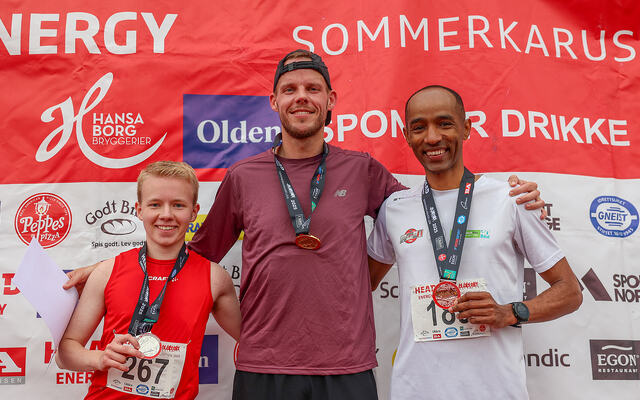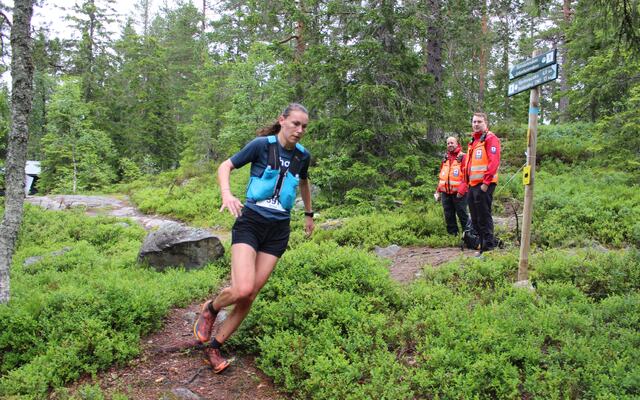Høydetrening - en placebo-effekt??
Er alle positive effekter av høydetrening lokalisert kun i hjernen på idrettsfolk - eller som et alibi for å trene på eksklusive steder under fjerne himmelstrøk? 'Andes'-modellen tilsier at ved 'høydetrening' (trening i oksygenfattig luft) vil kroppens blodsystem tilpasse seg - ved å produsere en økt tetthet av røde blodlegemer pr blodvolum. Røde blodlegemer er 'taxi-sjåfører' for oksygenet - slik at det vil være en masse 'ekstra' sjåfører som vil sørge for masse oksygen til muskelprosessene når en dupper ned i oksygenrik luft i lavlandet - for å konkurrere. Denne teorien stemmer ikke.. - i alle fall ikke for etiopere.. (burde Marius et al holde seg hjemme?)
Kilde: The Atlanta Journal - Constitution
Blood, altitude theory shaken
GSU researcher studies runners from Ethiopia
Guy Gugliotta - Washington Post
Wednesday, December 25, 2002
The mathematics are inescapable. The higher the altitude, the less oxygen the air will hold, and the more difficult it is to breathe. Either the body adapts, or the person dies.
For decades scientists accepted an ''Andean man'' model for acclimatization: The body at altitude will grow a higher concentration of oxygen-absorbing red blood cells to mop up scarcer oxygen from rarified air.
Add bigger lungs and deeper breathing, and equilibrium is re-established. The result is a blocky fellow with a washtub chest, like the musicians who play the panpipes and wooden flutes of Andean mountain music.
''Their lungs are 25 percent bigger than ours,'' said Case Western Reserve University anthropologist Cynthia Beall. ''Andean highlanders are very distinctive.''
Earlier this month, however, Beall and five colleagues reported on another distinctive people --- a community of Ethiopians who live at 11,650 feet, and whose blood, by several common measures, is exactly the same as if they lived at sea level.
''I'm flabbergasted; I don't see how they do it,'' said exercise physiologist David Martin of Georgia State University. ''I'm left with a dozen questions. It's a fascinating kind of story.''
And it is not just a curiosity. For Martin, a consultant for USA Track & Field, and others like him, the extraordinary success of African distance runners --- principally Ethiopians and Kenyans --- has been a source of wonder ever since barefooted Abebe Bikila won the 1960 Olympic marathon. Is there a secret that others cannot possess?
''Efforts to find a genetic explanation have been dismal failures,'' said Dallas cardiologist Ben Levine, an expert in exercise medicine. ''My personal opinion is that these successes are cultural. A distance runner in Ethiopia or Kenya is a national hero.''
In an online article to be published in the Proceedings of the National Academy of Sciences, Beall's team reported on 300 people living in the Semien Mountains about 300 miles north of Addis Ababa. Testing showed they had neither elevated red-cell concentrations nor low levels of oxygen saturation in their blood --- two key indicators of the Andean model.
''We were stunned,'' Beall said. ''The Ethiopians are finding the same amount of oxygen we find, even though the amount of oxygen in the air they breathe is two-thirds of what we have at sea level.''
Humans transport oxygen via hemoglobin, a protein in red blood cells that binds to oxygen molecules and moves them from the lungs to muscles and other tissues. At sea level, 95 to 97 percent of the body's hemoglobin is saturated with oxygen in every breath. At altitude, reduced oxygen logically means lower oxygen saturation.
Kilde: The Atlanta Journal - Constitution
Blood, altitude theory shaken
GSU researcher studies runners from Ethiopia
Guy Gugliotta - Washington Post
Wednesday, December 25, 2002
The mathematics are inescapable. The higher the altitude, the less oxygen the air will hold, and the more difficult it is to breathe. Either the body adapts, or the person dies.
For decades scientists accepted an ''Andean man'' model for acclimatization: The body at altitude will grow a higher concentration of oxygen-absorbing red blood cells to mop up scarcer oxygen from rarified air.
Add bigger lungs and deeper breathing, and equilibrium is re-established. The result is a blocky fellow with a washtub chest, like the musicians who play the panpipes and wooden flutes of Andean mountain music.
''Their lungs are 25 percent bigger than ours,'' said Case Western Reserve University anthropologist Cynthia Beall. ''Andean highlanders are very distinctive.''
Earlier this month, however, Beall and five colleagues reported on another distinctive people --- a community of Ethiopians who live at 11,650 feet, and whose blood, by several common measures, is exactly the same as if they lived at sea level.
''I'm flabbergasted; I don't see how they do it,'' said exercise physiologist David Martin of Georgia State University. ''I'm left with a dozen questions. It's a fascinating kind of story.''
And it is not just a curiosity. For Martin, a consultant for USA Track & Field, and others like him, the extraordinary success of African distance runners --- principally Ethiopians and Kenyans --- has been a source of wonder ever since barefooted Abebe Bikila won the 1960 Olympic marathon. Is there a secret that others cannot possess?
''Efforts to find a genetic explanation have been dismal failures,'' said Dallas cardiologist Ben Levine, an expert in exercise medicine. ''My personal opinion is that these successes are cultural. A distance runner in Ethiopia or Kenya is a national hero.''
In an online article to be published in the Proceedings of the National Academy of Sciences, Beall's team reported on 300 people living in the Semien Mountains about 300 miles north of Addis Ababa. Testing showed they had neither elevated red-cell concentrations nor low levels of oxygen saturation in their blood --- two key indicators of the Andean model.
''We were stunned,'' Beall said. ''The Ethiopians are finding the same amount of oxygen we find, even though the amount of oxygen in the air they breathe is two-thirds of what we have at sea level.''
Humans transport oxygen via hemoglobin, a protein in red blood cells that binds to oxygen molecules and moves them from the lungs to muscles and other tissues. At sea level, 95 to 97 percent of the body's hemoglobin is saturated with oxygen in every breath. At altitude, reduced oxygen logically means lower oxygen saturation.
Siste medlemssaker
Annonse

